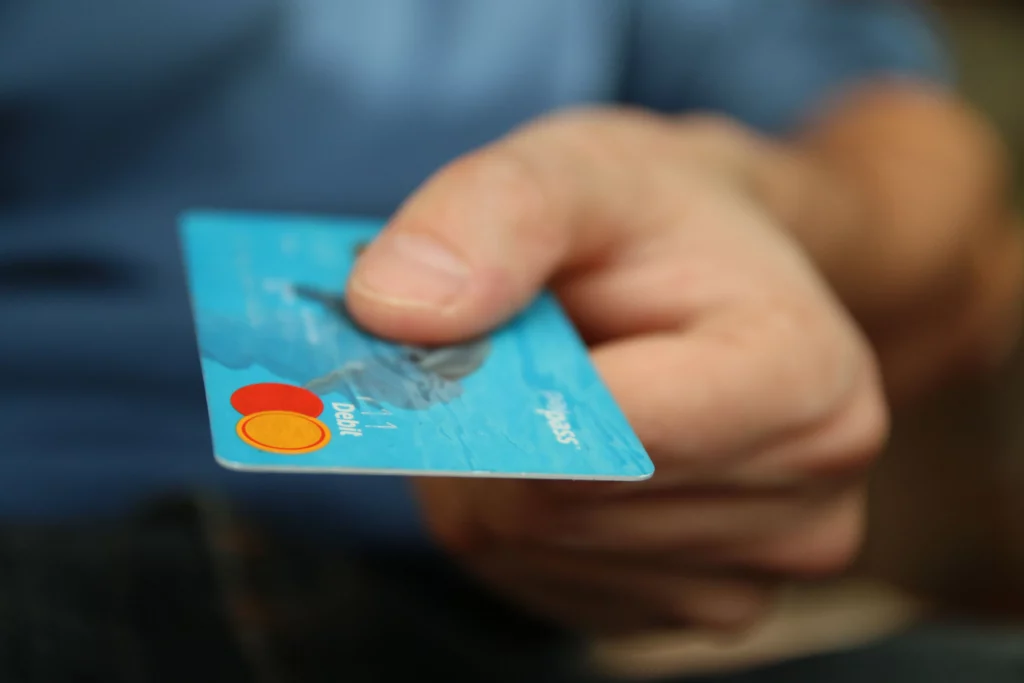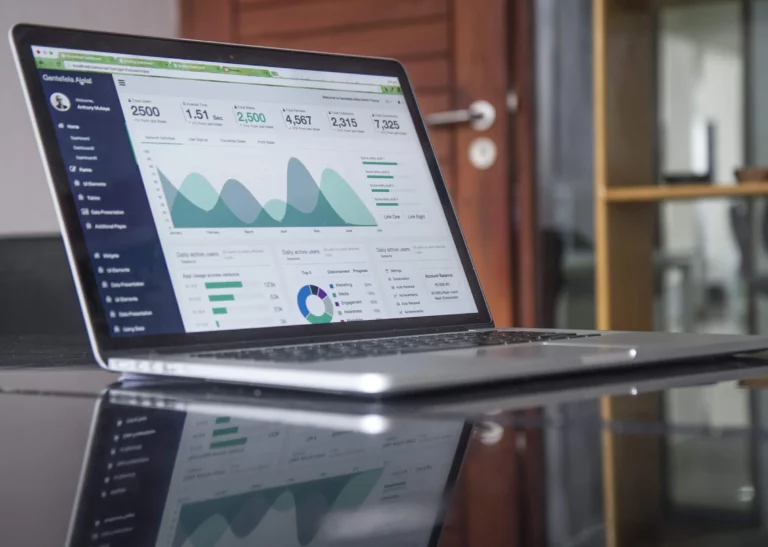How should I pay my vendors, and what the heck is an EFT?
It’s the middle of the month and you know it’s almost time to start paying the bills you’ve received from your vendors. You haven’t been surprised by any of the expenses—you’ve planned for each one and knew they were coming. Great work! Your preparation only leaves you with one question: how should you process each one of these payments?
Processing payments by ACH transfer, checks, or credit cards creates a delicate dance that, if done correctly, can give you the peaceful sense of your business floating on air. How do you make sure you’re doing this correctly? There are a few things to consider with each option so gather your bills and we’ll dive in.

What Does ACH Transfer Actually Mean?
ACH stands for Automated Clearing House which is the proper name of the largest payment network used in the United States. ACH transfers or payments are electronic bank-to-bank transactions. You’re probably pretty familiar with this payment method even though you might not know all of the jargon around it. These are the electronic payments you’ll typically see “delivery can take several business days” alerts with.
Cutoff times for ACH transactions are strict with no wiggle room and after a certain hour, your payments won’t begin processing until the next day. If you don’t have enough funds in your account for your payment to process your bank will stop the transfer and will also likely charge you a fee on top of this.
Most banks make ACH transfers free to process which, when you’re already making a payment to a vendor, is a huge bonus. Keep in mind that most banks don’t allow ACH transfers to accounts based outside the United States.
Depending on your bank, there are also different limits on how much money you can transfer through ACH both monthly and daily. Make sure you check with your bank to ensure you’re not close to this limit as you’re ready to pay your vendors.
ACH and EFT Versus Wire Transfers
ACH and Electronic Fund Transfers (EFT) both refer to the same process, but they should not be confused with wire transfers. All three are ways to move money between your account and your vendors’ accounts but there is one key difference: wire transfers are processed in real time. Meaning, wire transfers will arrive in your vendor’s account the same day you click through the process on your bank’s website. Be wary of relying on wire transfers as your payment solution, some banks charge large amounts for these transfers.
Check, Please?
The process of paying with a check is more complicated than paying with other methods, and it’s mostly because of the journey it will take. Let’s say you owe $250 to Audrey’s HR Consultants. Your paper check’s itinerary will look like this:
- You write the paper check for $250 and mail it straight to Audrey
- Patrice receives the check in her mailbox
- Audrey deposits the check into her bank account. This may take extra time if Audrey prefers to deposit in-person instead of using her bank’s app to deposit it electronically
- Audrey’s bank sends the check to a regional processing center
- The regional processing center then sends the check to your bank
- Your bank ensures you have the funds to pay the amount listed on the check and deducts $250 from your account
Thanks to technology, this process is faster than it has ever been. Although certainly still the slowest way to process payments, if you don’t know enough information to pay your vendor electronically, checks can be a great way to ensure they don’t charge you any additional fees for paying your invoice late.
Checks also come with their own unique set of risks. If you’re nervous about giving a vendor a paper check with your company’s name, address, banking information, and your signature on it, you’re not alone. Your cybersecurity savvy keeps you from posting this information online for a reason—it is possible for vendors to bypass your check’s journey altogether and use your check number, your routing and account numbers located at the bottom of your check to process your payment as an EFT to ensure they are paid faster. If your vendor is a trusted provider of services, paper checks are a great option.
The Power of Card Purchases
There is a big appeal to earning credit card points on your business expenses. From cashback to travel rewards, you can earn big if your vendors accept credit cards. As long as your business has a healthy cash flow, using a credit card to pay your bills is a great option but there are some things to keep in mind. You can even schedule these payments to auto-pay and spend less time worrying about the amount in your bank account to avoid fees associated with a low account balance. This will also help you ensure you’re paying your bills on time.
Most credit card processors will charge a fee of anything from 1.5-3.5% of your total purchase price and sometimes vendors will pass this fee along to you. Make sure the perks you’re earning with your purchase outweigh the fee you may be paying your vendor. As a general rule of thumb, if your vendor is charging you a “convenience fee” to pay by credit card, it’s typically smarter to pay by ACH or check.
There is a temptation to overspend if you’re paying your bills by credit card so your cash flow management needs to be in tip-top shape to make sure you’re not putting your business in a difficult position when you receive your card statement the following month. To fully take advantage of the rewards you’re receiving, make sure you’re only spending as much as you can pay off every month. Using cards can become a crutch to your business and you should avoid the strategy of providing your business with “breathing room” between bill cycles.
Most business credit cards are also linked to your personal credit, which can open you up to risk. For example, if your business pays for things primarily by credit card and you apply for a home loan, you’ll find yourself in a tricky situation needing to pay down those debts and put card spending on freeze while you purchase your home. This problem would not arise if your business is using other methods to pay bills.
How Else Could You Pay?
There are a variety of other ways you could pay your vendors and we’ll quickly cover them below.
Cash
Paying your vendors in cash requires extra steps of documentation, including making sure you have receipts that notate you paid with cash. The IRS can become suspicious if cash payments are your primary way of paying your vendors so be cautious of doing this too frequently or with your petty cash. Of course, using cash for payments is perfectly legal and you should simply make sure you’ve got receipts while double-checking your cash counts.
Venmo
You shouldn’t use Venmo to pay your vendors because Venmo is designed to be used in person-to-person transactions—not for businesses. Because they were designed for personal use, Venmo also doesn’t give you the proper receipts or documentation of your payment and your accountant will thank you for not using this method of payment.
PayPal
PayPal is a gray area for businesses because, like Venmo, it was designed for personal use. Because it’s not designed for business use there can be hefty fees using this platform for large payments and not all payments are covered by their protection policies. You are quite limited by their terms of use and subject to account suspension which could hold your funds frozen for months.
That said, if you need to pay contractors through PayPal, you’re off the hook for sending them 1099s in January, since PayPal will handle that process for you.
ACH transfers, checks, and credit cards remain the most popular and best ways to pay your vendors. Regardless of how you process these payments, organizing your bills and paying your vendors is likely not your favorite pastime, especially as a small business owner when every bill counts.
Large-scale businesses have entire teams and departments to make sure this process goes smoothly and each payment gets categorized appropriately against their large-scale budgets. Small businesses haven’t ever had this same luxury available to them—until now. Learn how to manage your bills through Arena at arenacfo.com.





